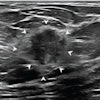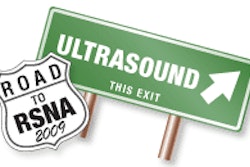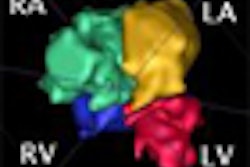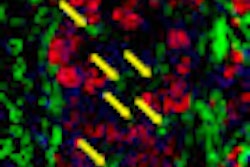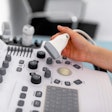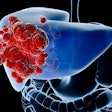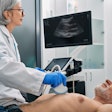Tuesday, December 1 | 3:40 p.m.-3:50 p.m. | SSJ11-05 | Room S102D
The use of a commercial software application that supports the American College of Radiology's (ACR) BI-RADS lexicon for breast ultrasound can help radiologists produce reports that are more consistent and accurate, with quicker report turnaround times, according to a paper to be presented by Canadian researchers.In the early years of breast ultrasound, clinicians focused on simply characterizing masses as cysts or solid lesions. However, recent advances in breast ultrasound technology have given clinicians the ability to better characterize breast masses through a variety of criteria, such as orientation, shape, margins, echo pattern, posterior acoustic features, vascularity, and calcification.
As such, breast ultrasound practitioners need a more descriptive way to report breast masses, according to Dr. Hamid Tahmasebpour of the University of British Columbia. He is also founder and director of R&D at Digital Orientation Resolutions, the Vancouver, British Columbia, developer of the software used in the study.
The researchers selected a group of 50 ultrasound cases from the ACR's BI-RADS Atlas, with 10 cases each representing five different kinds of breast tissue: normal, simple cyst, complex benign mass, fibroadenoma, and infiltrating ductal carcinoma in situ.
Next, 24 sonographers prepared free-text reports for each of the cases, using their own worksheets. These were compared to a set of 50 reports created using the Katiba CBUS Worksheet software from Digital Orientation Resolutions. The software enables structured reporting using templates based on the ACR's BI-RADS Ultrasound Lexicon.
Five radiologists reviewed the free-text and structured reports, comparing them for clarity, accuracy, and consistency. They also stated their preference for either type of report. Report turnaround time was also calculated.
Most radiologists preferred the structured reports in all three categories. With respect to clarity, 28 structured reports were judged to be clearer compared to six free-text reports; more accurate, with 25 structured reports preferred versus six free-text reports; and more consistent, with 19 structured reports judged to be more consistent, versus six free-text reports. The rest of the reports in the study sample were judged to be equivalent.
According to Tahmasebpour, the results indicate that structured reporting of breast ultrasound studies produces reports that are more clear and accurate and can be delivered to referring physicians more rapidly than free-text reports.
"We reason that improved ability to compare previous studies with more current, more consistent, and accurate reporting and fast turnaround time will benefit patient care and management," Tahmasebpour told AuntMinnie.com.



